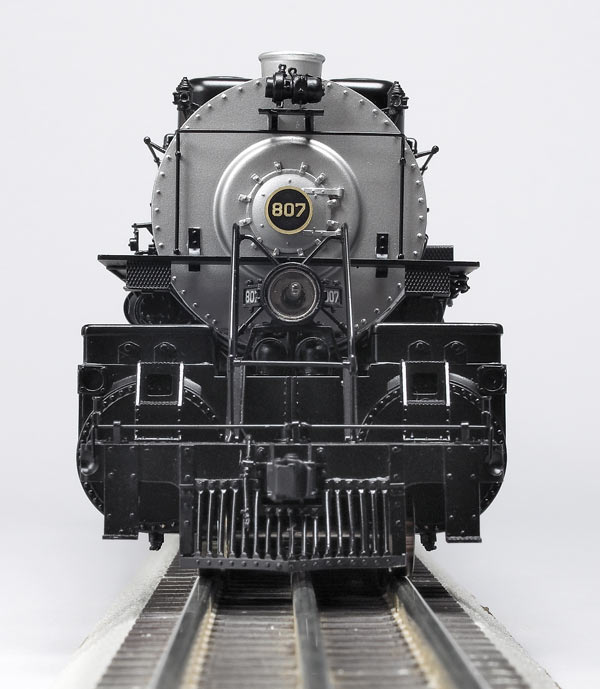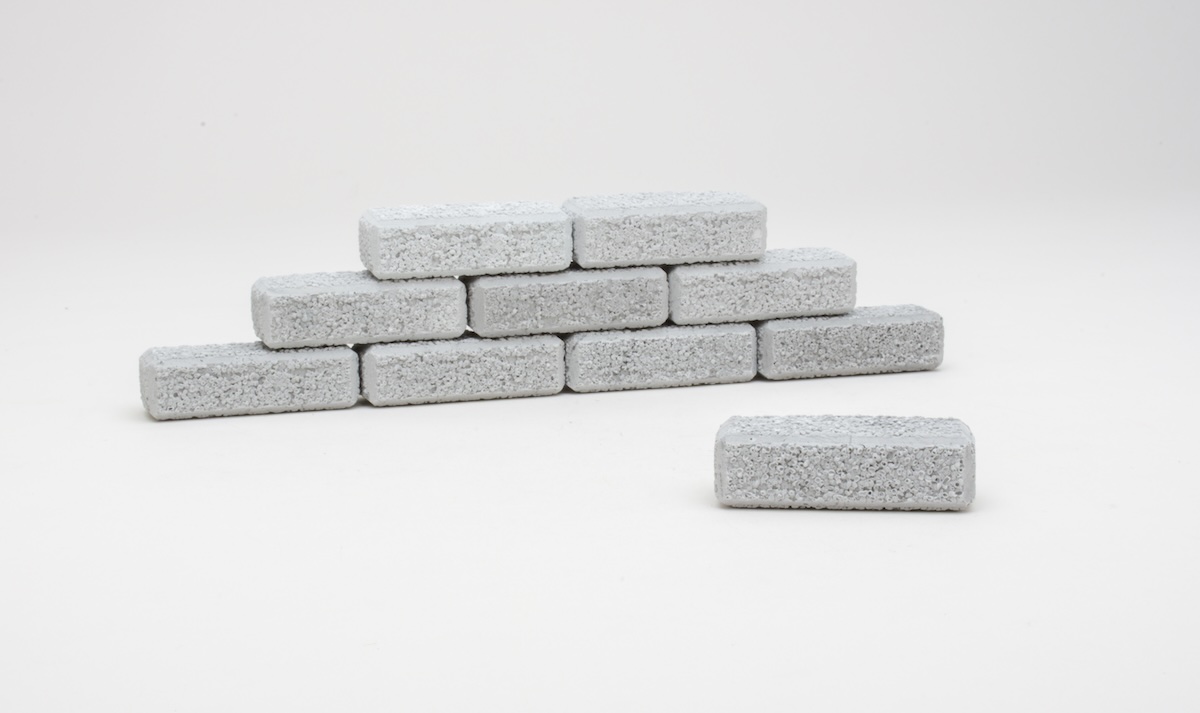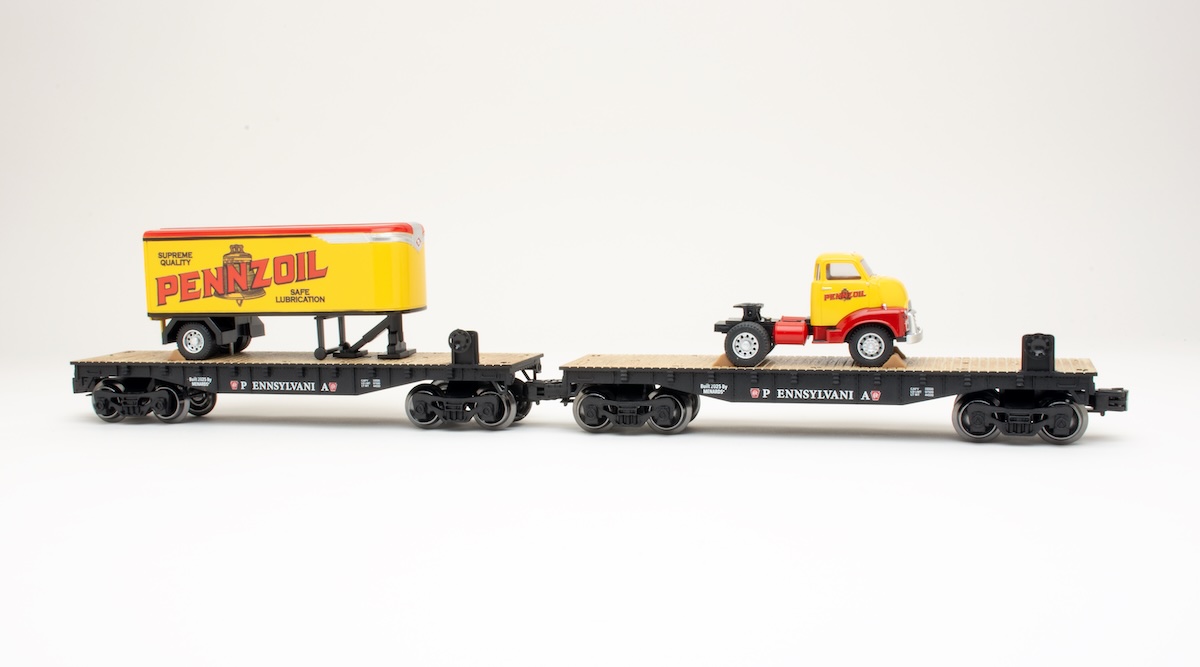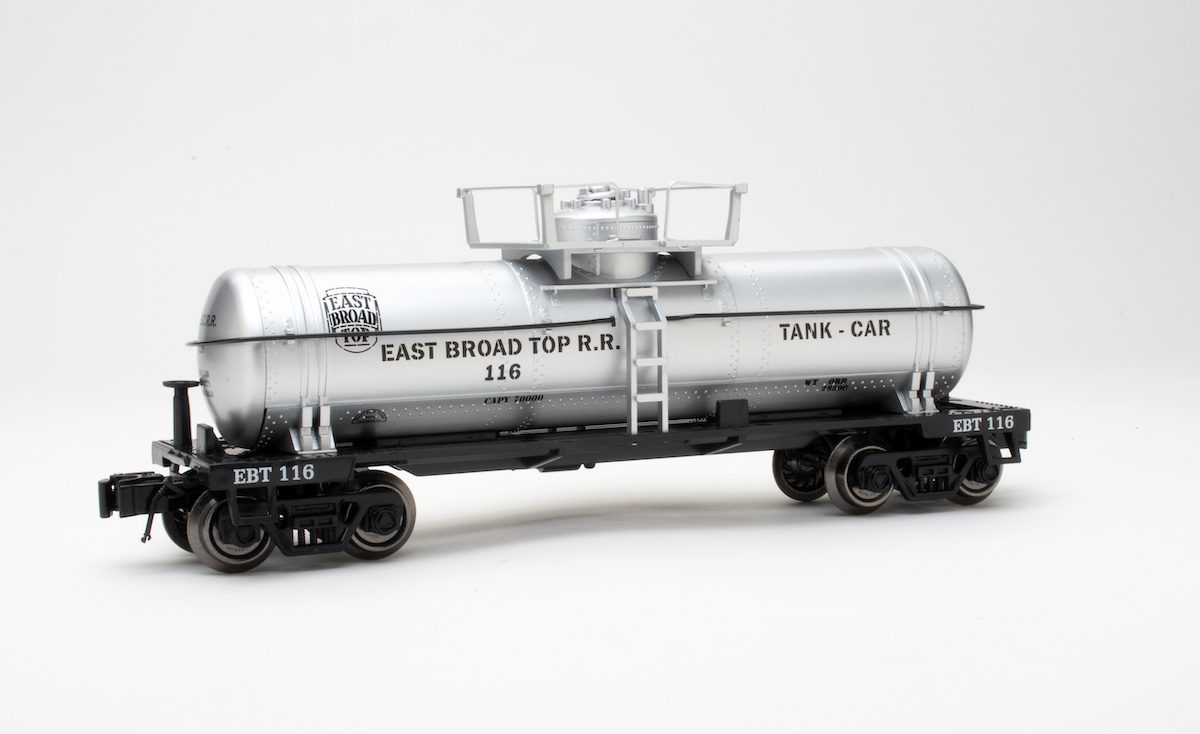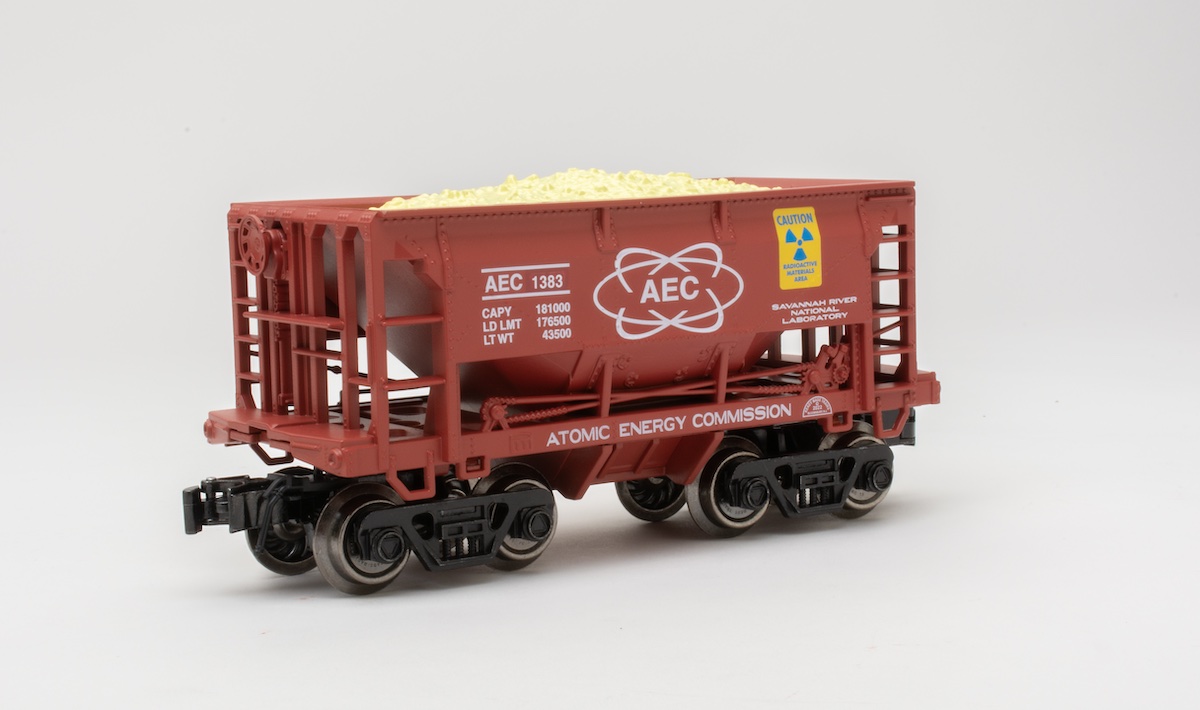O gauge brass 2-10-10-2 from 3rd Rail
In the January 2010 issue, we reviewed Lionel’s O gauge version of a Santa Fe 2-10-10-2, which in the world of real railroading was pretty much a failure. Today we are reviewing 3rd Rail’s O gauge version of a Virginian Ry. 2-10-10-2 that in the real world, I’m pleased to say, was a success story that resulted in a 40-year lifespan.
Alco created the Virginian’s monster locomotives in 1918. The engine class was the last of the 2-10-10-2s. They measured more than 107 feet in length and weighed 684,000 pounds. Even so, the design wasn’t a dramatic departure from standard locomotive practice.
The 2-10-10-2s were able to muster 147,000 pounds of tractive effort (with a maximum of 176,000 pounds). The massive locomotives proved to be just what the doctor ordered – assuming, of course, that the doctor needed a way to drag immensely long coal trains over the Appalachian Mountains.
An interesting side note is that the locomotives were partially disassembled for transfer from Schenectady, N.Y., (where Alco built them) to Virginia. Components (including the cab) were stripped from the boiler and frame, and each shipment required a flatcar, gondola, and boxcar to carry all the associated parts. A courier from Alco accompanied each locomotive for the two-week delivery trip.
In operation, the locomotives were powerful and slow, but this wasn’t a problem since the cargo wasn’t time sensitive – just really heavy.
The locomotives were consistently good performers in their assigned task, as noted by the fact that after electrification of parts of the Virginian commenced, these steamers were simply shifted to other freight duties.
According to the Guide to North American Steam Locomotives, the Virginian 2-10-10-2s remained in service until 1952, with the last (no. 805) leaving the railroad’s roster in 1958.
Opening the box
Whether or not I like a steam locomotive’s look can be decided simply by examining the pilot – and for me, this locomotive looks terrific. Checking out the beast head-on, two jumbo steam chests let you know that this isn’t a whimpy teakettle hauling the 4:14 local to Butterville. The front is industrial, but not without style.
The “cow-catcher” has neatly executed struts with simulated bolt heads on top and bottom. There is a brake line with a nice dangle to it and an uncoupler arm above the scale coupler. You’ll find steps going up from the deck over the steam chests and steps with handrails in the center of the pilot.
The deck looks big enough to set up a folding chair or two, and H. Reid’s classic book The Virginian Railway, pretty much confirms that the locomotive was so slow that at least some crew members would literally set up chairs and ride on the pilot.
The face of the locomotive looks no less than majestic with a platform having a single step on either side of the headlight. This platform is part of the locomotive running boards and forms an unusual “U” shape along the boiler. Pretty cool and certainly unique among models I’ve reviewed.
The headlight is bright and has the locomotive’s number on the side. Conduit runs down from a turbine located at the head of the smokebox door.
The front deck features safety-tread detail, and the steps have some nice rivet detail.
There is plenty of rivet detail on both the face of the smokebox and the simulated door that mounts the number plate. Marker lights are located on the boiler, above the handrails and just behind the face of the locomotive.
Along the top of the boiler you’ll find nice seam and latch detail as well as four sand domes, a steam dome, and a nifty little recess that houses pop-off valves. A second recess hides a whistle that lies flat against the boiler top. A bell is located to the side of the whistle.
There are handrails running along the boiler, and you’ll also find plenty of add-on piping just about everywhere. My favorites may be the sand lines dropping downward from each of the four sand domes to the driving wheels. There is no mystery why they are there.
Looking below the running boards, you’ll find more piping, including a major steam line to the rear set of the steam chest and an intricate net of pipes and water lines running along the side of the firebox.
The immaculate running gear is slightly subdued, which I find more attractive than either the natural metal color or the look of someone gone mad with gun bluing. It doesn’t distract from the model, and it’s fairly easy to watch the syncopation of the moving pieces when underway.
In an interesting approach to placing controls in easy-to-reach places, you’ll find controls mounted just below the cab. The right (engineer’s) side has a control to change the chuff rate between two to four chuffs per wheel rotation (four is prototypical, but many toy train operators think four per turn sounds odd).
The left (fireman’s) side has the smoke unit switch and the conventional/off/TMCC switch.
The locomotive is mated with the tender by a wired tether and a drawbar. Let me comment on the drawbar. This is about the least distracting drawbar I’ve seen. It is petite, yet strong and functional. There is a discreet wire tether that mates the tender and locomotive’s electronics.
The tender, with its pair of two-axle wheelsets, is a nifty little rig in its own right. It looks oddly tiny when compared to the locomotive’s size, but the real Virginian locomotives were given short-range duties and didn’t need a jumbo cross-country tender.
The rear of the tender has an operating coupler, grab iron and ladder detail, and a large rear-facing backup light.
The coal load is a chunk style, and I liked the fact that the raised sides above the coal bunker have the texture of wood. A grab iron runs around the three sides of this feature.
The black-and-silver paint scheme was well executed and flawless. The yellows of the Virginian name and number (it is available in three cab numbers) were clear and crisp, and the red trim on the cab windows was well done.
On the test track
One note about the operating radius of this model. The 3rdrail.com website states it operates on O-72, while the manual states it operates on Lionel O-54 or the equivalent. We tried our sample on O-54 tubular track, and it really, really didn’t like taking those curves. As a result, I suggest using O-72 or wider-diameter track.
That having been noted, this model was a pleasure to run. Performance was very good in all speed ranges, and the drawbar pull is nothing to sniff at.
Our performance testing was done with a Lionel Legacy system running the model as a generic TMCC steam locomotive. Movement of the drive wheels was smooth, whether running in conventional or command mode.
Our conventional low-speed average was 3.1 scale miles per hour, while the command-mode low-speed average was 1.2 scale miles per hour. Our high-speed average was a surprising 83.9 scale miles per hour.
Drawbar pull was a respectable 2 pounds, 13 ounces.
The sound package was good, the chuffing was terrific, and the whistle was smile inducing. I can’t say I’ve heard one with quite this tone before, an almost mournful whistle that must still be haunting some of the back hollows of Virginia to this day.
All in all, 3rd Rail has done a great job of re-creating a little-known yet successful Mallet in brass. A steamer that electrification didn’t stop – but which just caused it to move a little further down the line. Be sure to check your brass retailer to see this O gauge locomotive for yourself.
Features: O-72 operation, brass construction, can-style motor, coil coupler, Lionel TrainMaster Command Control and RailSounds systems, speed control, smoke unit





